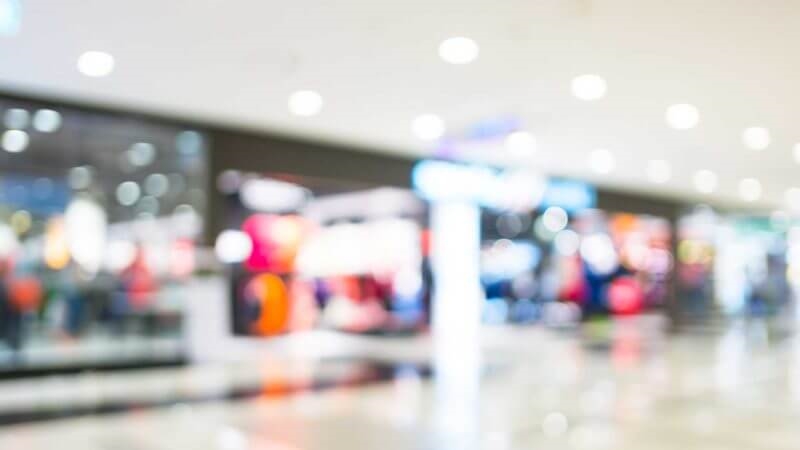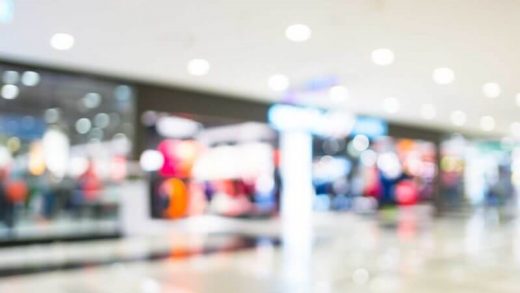Retail in 2019: Store evolution, tech adoption and what it will take to win
Three retail experts weigh in on the the future of the store.

Retail is increasingly a stark tale of winners and losers. Holiday 2018 saw the best retail sales (online and off) in six years, according to MasterCard. In-store sales were up as much as 5 percent, while e-commerce saw almost 20 percent growth.
But the other side of the story is closures and bankruptcies; Sears and Toys-R-Us were the two highest profile failures of 2018. But there are plenty of other traditional retailers struggling too. Against that backdrop is the growth of e-commerce and Amazon specifically.
As traditional retailers and direct-to-consumer brands with stores adapt to an increasingly complex retail environment, with the looming possibility of recession in 2019, they will need to use their stores, technology and data in smart ways. They’ll also need to potentially rethink the store experience entirely.
In that context we asked three retail experts — James Giglio, CEO of MVP Interactive. Amitaabh Malhotra, CMO of Omnyway and Jonathan Cherki, CEO of ContentSquare — to weigh in on the the future of the store and what will separate winners and losers in 2019 and beyond.
The store as a differentiator
“Brick and mortar locations will need to create unique, one of a kind experiences for shoppers,” says James Giglio, CEO of MVP Interactive. “Whether amenities are subtle like additional lounge furniture or more advanced like seamless point of sale technology, the experience will need to feel special and exclusive to the store.”
Amitaabh Malhotra, CMO of Omnyway, sees stores as a way to “legitimize” retailers. Stores help retailers differentiate. “Shoppers still do not trust a lot of online only brands, because of the lack of a physical connection or interaction. It takes a lot longer for these online brands to acquire a loyal shopper,” said Malhotra. “The physical store and the experience offered is fast becoming the key differentiation a brand can offer to its customers.”
He pointed out that stores offer an advantage for e-commerce as well. “Physical store locations are becoming micro-warehouses and local distribution channels for the corporate e-commerce initiatives, often solving for the last mile distribution problem and ensuring just in time delivery of products. This role will continue to grow and further evolve in 2019.”
ContentSquare CEO Jonathan Cherki stressed the importance of a physical connection to products that digital alone can’t offer. “Stores will continue to provide the tactile shopping experience that digital platforms can’t offer, and they will continue to facilitate brand-consumer connection in the physical world. But stores will also increasingly integrate the digital experience into their brick-and-mortar locations, ensuring seamless omnichannel journeys for consumers while preserving the value of each category of experience.”
He further explained that direct-to-consumer brands offer a model for traditional retailers. “Direct-to-consumer brands understand they are not just selling a product, they are adding value to their customers’ lives. They have perfected the art of engaging with their audience digitally — developing seamless shopping experiences, thinking mobile-first (like their audience), building community around their brand, mastering content to foster loyalty, etc. Their focus now is on bringing the brand experience to life in the physical world.”
Technology and the in-store experience
Cherki says, “The most innovative brands are already using technology to enrich and curate the customer experience in-store, and those that aren’t will largely be playing catch-up. Today, brands can display product information and inventory on tablets, and can use their knowledge of customers to personalize the experience in-store, for example, removing the need for physically processing payment (cashier-less, app checkout).”
He suggests that retailers may need to be much more sensitive to privacy concerns in the current environment, “since customizing the digital experience for individuals feeds on the collection of personal data.”
James Giglio thinks that technology adoption in stores will accelerate. However specific retail verticals will adopt different tools and technologies, such 3D scanning for clothing stores. He adds that most retailers will use digital signage but there will also be “stores of the future” using more advanced or novel technology. “Using touchscreens to learn more about a particular product will be integrated throughout the shopping experience as well as pairing augmented reality experiences,” says Giglio. “Self checkout kiosks will eventually be commonplace, with mobile point of sale options similar to what is used at Apple stores.”
Amitaabh Malhotra sees buy online, pick up in store as a key hybrid online-offline experience that will continue to gain adoption in the near term, “simply because it makes a lot of sense for both the store and the shopper. For the store it acts as an effective acquisition and delivery channel, without relying on a logistics system around shipping from the store. It also creates an opportunity for a shopper to come visit the store and maybe add additional items to their cart thereby improving per shopper revenue.”
However, technologies like mobile checkout and AR/VR shopping are farther out. “[They] will likely stay in a more experimental stage with most large retailers, with larger adoption in smaller format low unit value locations for now,” he explains.
The role of mobile apps in retail
Malhotra is very bullish on retail mobile apps, both online and in-store, and believes they’re critical to long-term retail success. “Retailers will be experimenting or implementing features such as mobile rich checkout, virtual aisles, in-store gamification, augmented commerce, etc. Brand experience extensions on the mobile app will include additional features that cause engagement to occur when away from the physical stores, through features such as virtual fitting room and product test suites, social sharing and recommendations, influencer marketing, price/feature comparisons, 3rd party marketplaces, etc.”
James Giglio, by contrast, sees considerable “app fatigue.” He says retailers should “look to loyalty programs to gain user acquisition.” From there, he explains, “in store way finding, engagement tech like AR can be weaved into the app and even offer further discounts to those users.”
Jonathn Cherki says apps offer several valuable benefits to retailers. “Apps are a way to cultivate loyalty in an already favorable audience. A seamless in-app journey is also a good way to limit device-hopping and reversing the trend of browsing on smartphone only to convert on desktop.” Like Malhotra he sees apps as a kind of shopping assistant that will have increasing value in-stores as they evolve.
“An app can also be a bridge between digital and in-store, thanks to location-based services, stock tracking, loyalty reward programs, etc. And as more and more stores become smart environments, apps will help consumers navigate tomorrow’s shopping experience. Urban Outfitters, for example, allows you to scan a product code in-store for more info on a specific item,” he says.
What will separate successful retailers from the losers
For Malhotra, execution speed will separate winners from losers in 2019 and beyond. “The key differentiation between successful retailers and the ones that falter and fail is adaptability. There are market forces at work that do not favor older business models that relied on creating a store as a large and convoluted warehouse and expecting shoppers to go through every aisle to find what they need and then go looking for a sales associate to help them checkout. That model is working only for the extreme low end and discount fueled stores, where margins are extremely tight and volume is the game.”
Cherki similarly believes that adaptability and customer-centrism will be the keys to success. “With the trend toward hyper-personalization and ever-more stringent definitions of seamlessness, successful retailers will be the ones who can understand the fluctuating needs and expectations of their customers — whether in the digital or physical sphere. Leveraging behavioral data and putting customer experience at the heart of decision-making is the key to building successful, omni-channel (rather than cross-device) journeys. And today, everyone can access and integrate advanced metrics into their workflow.”
He also stresses the role of data. “For the mid to high end of retail the expectations from store experiences are high, and it’s not only around the use of technology, but also how it gets seamlessly integrated into the shopper’s journey. One that can start in any channel and culminate in another. Being able to cross correlate the shopper across all available interaction channels, and supplying store staff with the relevant data and actionable information that could help them influence a buyer better, is what will set them up for success. The fact that a shopper could be the most multi-dimensionally loyal patron of a brand, yet gets treated like anyone else once they enter the brand’s store, is not acceptable any more.”
Finally, according to James Giglio, “Luxury brands will survive based on their clientele and those who will fail are ones that don’t reinvest dollars into experience inside their stores or ones in which their products can be found heavily discounted online.”
Marketing Land – Internet Marketing News, Strategies & Tips
(36)



